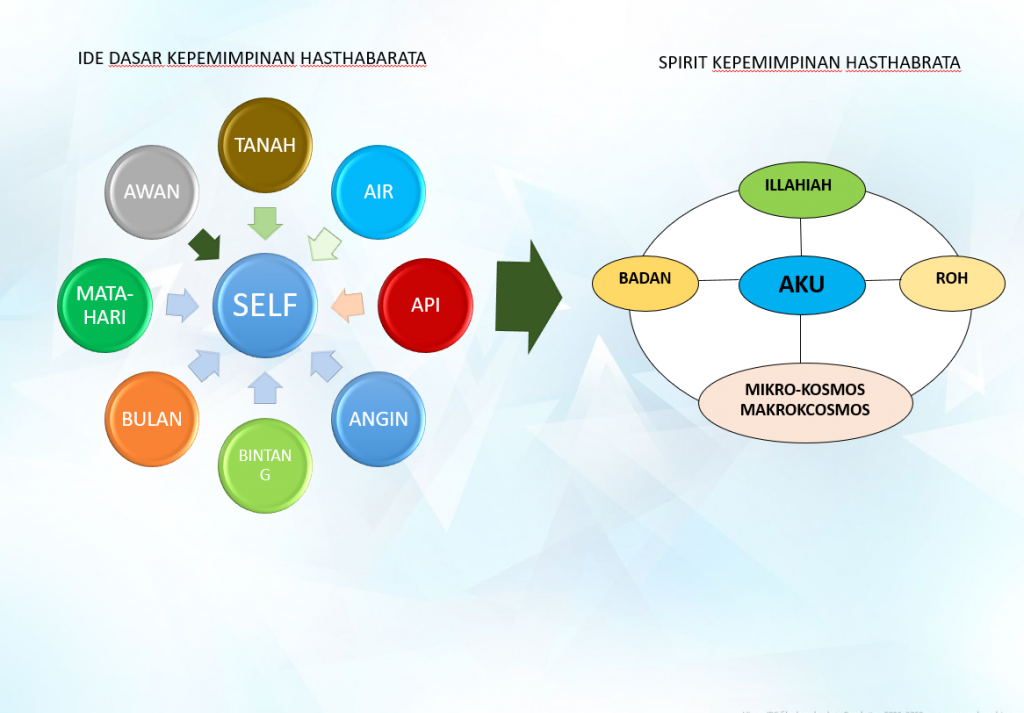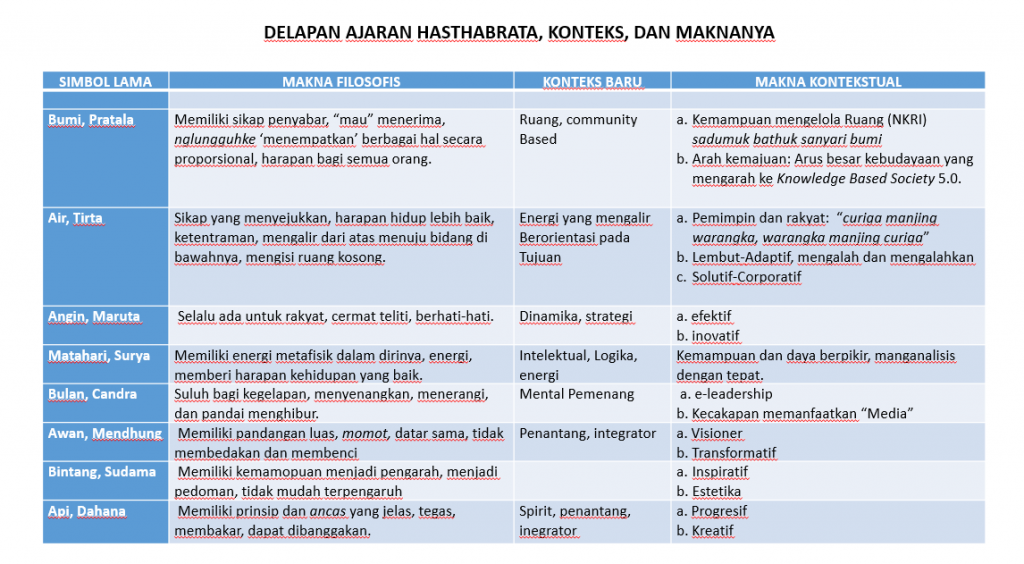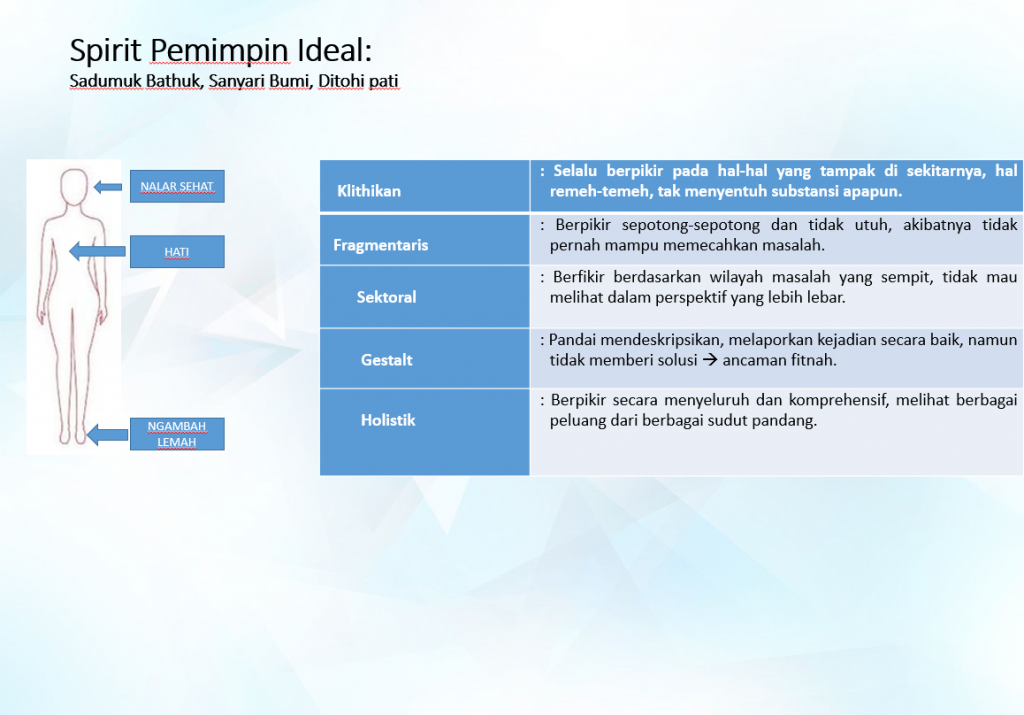Chairman of the Center for Excellence in Science and Technology (PUI) Javanology UNS, Prof. Sahid Teguh Widodo, M. Hum., Ph.D. was one of the speakers in the Astha Brata Leadership Webinar Welcoming the 2045 Golden Generation. This event was held by the Council of Professors of Sebelas Maret University on Tuesday, September 28, 2021, via online zoom and broadcast on the Sebelas Maret University Youtube channel by presenting speakers, namely: Dr. Emil Elestianto Dardak (Vice Governor of East Java), Prof. Dr. Zudan Arif Fakrulloh, S.H., M.H.; Mr. Sarwoto Atmosutarno and moderated by Prof. Diah Kristina, M.A., Ph.D.
Astha Brata is eight practices, or eight attributes, or eight characters, as a form of the obligation of a leader to deal with the people or his subjects wisely. On this occasion, Prof. Sahid gave a presentation entitled “Contextualization of Hasthabrata: Sketch of Leaders of the New Normalization Era”. Implicit in the Javanese Manuscript, the teachings of astha brata have been written in the fiber of Rama Jarwa by Yosodipura I and Serat Aji Pamasa by R.Ng. Ranggawarsita. Even the Javanese wayang universe has reviewed it through the play Wahyu Makutharama where Raden Arjuna got advice through Begawan Kesawasidhi (the incarnation of Prabu Kresna). All three carry a symbolic message that can be used as a guide for future leaders.
He revealed that the symbols and symbols in technical hasthabrata leadership are basically quite simple, finding a leader who is able to create generative change, build new sustainable success, and performs excellently. Hasthabrata opens our awareness of the position of humans in the midst of their environment as a whole. The leader is an entity that is in the middle of the coordinates between the majesty of God, the physical environment, the non-physical environment, and the micro/macro-cosmos. This is our Cosmocentric view. The scale: the Universe. Not human or nation/state. But the universe. So leaders should be able to understand this universe well. In other words, the leader is part of the universe who is naturally obliged to meayu hayuningbawana (bawana or buwana). A different view from the anthropocentric perspective: humans are the center and controller of the natural journey of the universe, who are obliged to regulate, explore, and organize the universe. In his closing, Prof. Sahid also gave an example in the leadership of the Gamelan model, and the Alif Ba Ta model.






